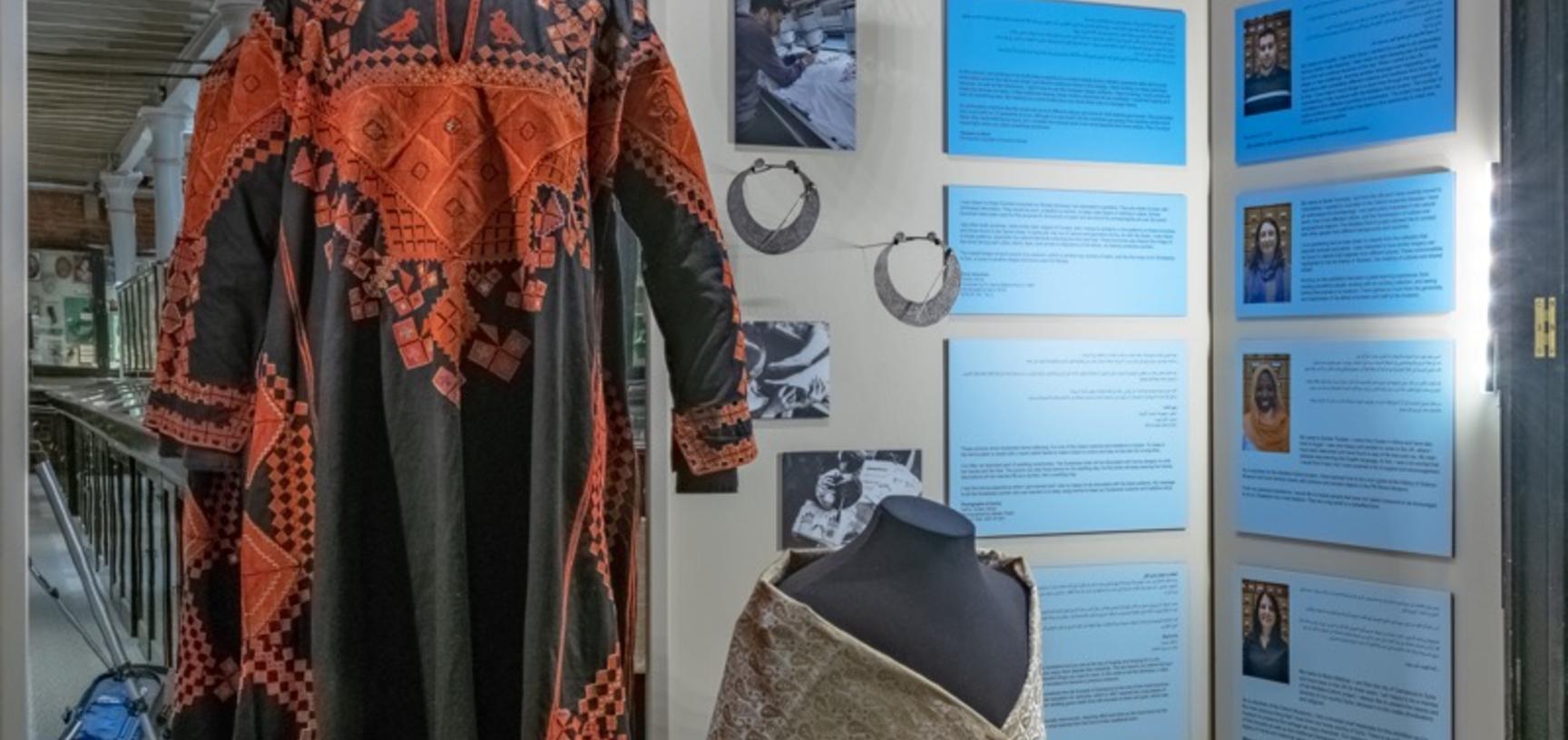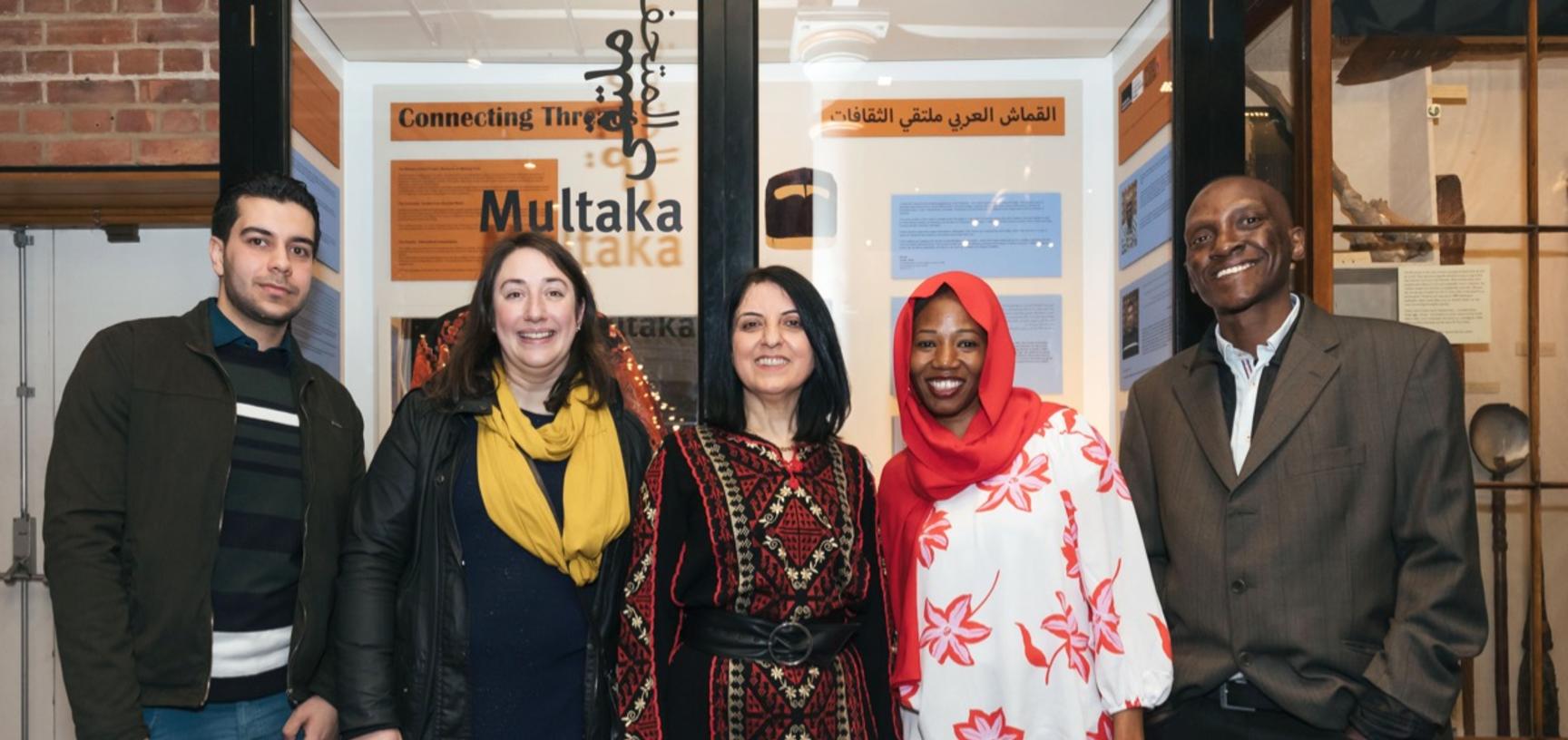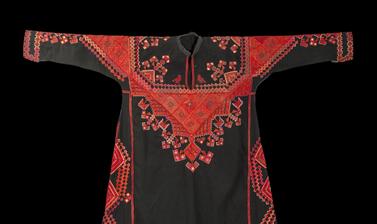Multaka: Connecting Threads
The ‘Multaka-Oxford’ Project: Museums as Meeting Point
'Multaka' means ‘meeting point’ in Arabic. 'Multaka-Oxford' is a collaborative project involving the Pitt Rivers Museum, the History of Science Museum, community partners and volunteers. Funded by the Esmée Fairbairn Collections Fund, 'Multaka-Oxford' is about integration, inclusivity and shared cultures. The project has created new volunteer roles in these museums, particularly for people who have recently arrived in Oxford.
Since April 2018, staff and volunteers have been developing news ways for museums and their collections to be used by people to build practical skills, connect with others, learn and share stories. The museums have benefitted greatly from giving space to diverse voices and, by listening, have gained new insights into their collections.
The Collection: Textiles from the Arab World
'Multaka' volunteers at the Pitt Rivers Museum have worked closely with staff to add new perspectives to a collection of textiles, recently donated by Dr Jenny Balfour-Paul. Jenny is a researcher, collector of worldwide textiles and a renowned expert on indigo dye. In 2016, she offered the Museum a selection of textiles purchased during her travels around the Middle East and North Africa during the 1970s and 1980s.
The Display: Intercultural Interpretation
This display was produced by five volunteers from different countries, with diverse backgrounds and perspectives. The aim is to highlight how museums can be a meeting point for people to share their cultures, experiences and interests, and to tell important stories.
The collaborators have selected objects from the Jenny Balfour-Paul collection, as well as photographs and personal items, and have each produced a set of personalised captions. The connections between these individual narratives reveal the common threads human beings share.
“For me [this] donation is a kind of handing back and a thank you to the countries concerned, so I was thrilled to meet the volunteers who were researching the textiles and interpreting them from their point of view.” — Jenny Balfour-Paul
Different languages have been used in some of the labels to reflect the diversity of voices represented in this display.
Acknowledgements and Credits
- Exhibition curated by Hussein Ahmed, Niran Altahhan, Sarah Connolly, Abigael Flack, Nav Ndhlovu and Suheer Tobein
- Translations supported by Mohamed Aly and George Kwaider
- Conservation by Andrew Hughes
- Case design and installation by Adrian Vizor
- Special thanks to Jenny Balfour-Paul
- Supported by the Esmée Fairbairn Collections Fund


















